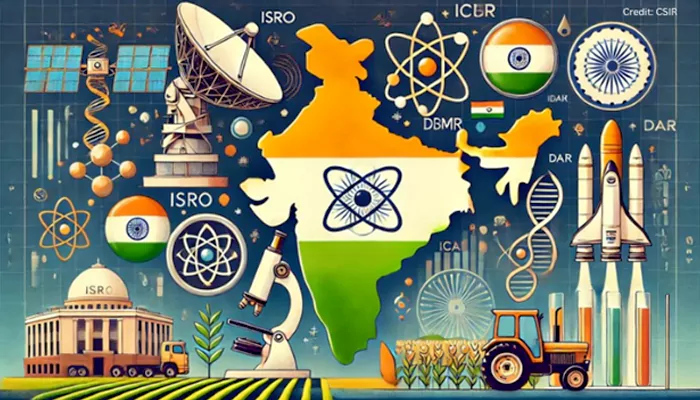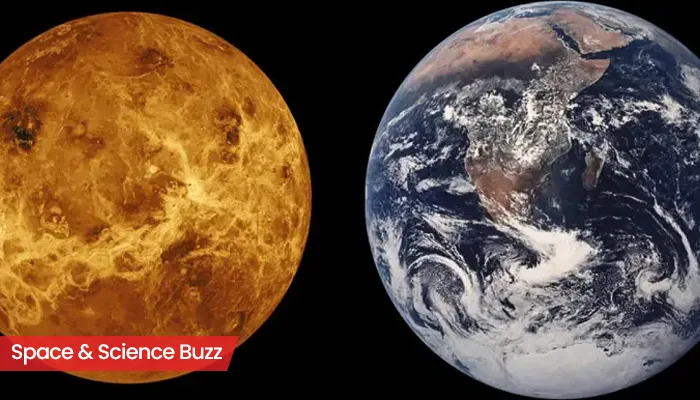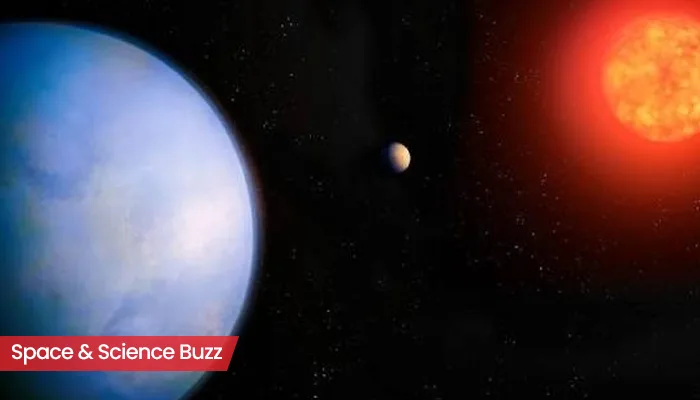
Here are today’s most important updates from the realm of Science and Space.
Bharat Space Collective: Indian Space-Tech Titans Unite For Global Leadership
Leading companies in India's space sector, Kawa Space, Azista Industries, Kepler Aerospace, and Dfy Graviti have signed a deal to create the Bharat Space Collective (BSC). This initiative will focus on artificial intelligence (AI) for space data, space-powered RF geo-intelligence, as well as maritime security solutions. Developing advanced sensors like high-resolution imaging, Synthetic Aperture Radar (SAR), thermal, and radio frequency are other core goal of this program.
The combined strengths are believed to develop robust and comprehensive space solutions focusing on sustainability while enhancing its technological prowess in the global market.

Cosmic Discovery: Webb Telescope Detects 6 'Rogue Worlds' Linked to Star Creation
A team of astronomers discovered six rogue planets in an unlikely spot. Astronomers were investigating massive objects which are not huge enough to become stars. These are planet-sized objects formed in interstellar space or previously part of planetary system.
Astronomers from Department of Physics and Astronomy at Johns Hopkins University (JHU) confirmed: "Our observations confirm that nature produces planetary mass objects in at least two different ways—from the contraction of a cloud of gas and dust, the way stars form, and in disks of gas and dust around young stars, as Jupiter in our own solar system did.”
These newly discovered planets might help scientists understand the formation process of stars and planets.

Nature’s Goldmine: Scientists Detect How Earthquake Turn Quartz into Massive Gold Nuggets
Geologists have previously detected gold formation in quartz during earthquakes. However, the process was unknown. Finally, the mystery is solved. During earthquakes, rocks get fractured and force hydrothermal fluids up into the quartz veins, filling them with dissolved gold. As a result, quartz veins simultaneously develop an electric charge reacting with the gold. This causes gold to precipitate and solidify.
One of the implications of this revolutionary study is that now scientists would be able to produce gold nuggets in the laboratory.



.webp)
.WEBP)
.WEBP)
.webp)
.webp)


.webp)
.webp)
.webp)